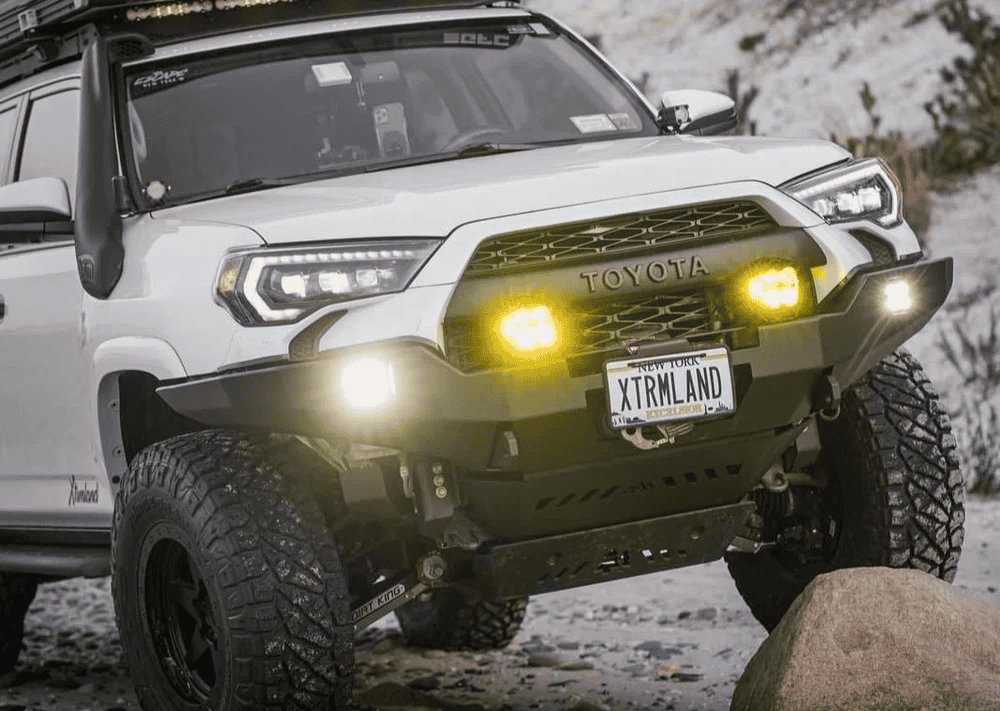Overland Vehicles

The heart of any overland rooftop tent decision is compatibility. Start with the vehicle roof rating and rack system capacity, paying attention to dynamic and static loads. Hardshell fold out designs ride higher than softshell styles but set up quickly and shed weather more efficiently. Side opening footprints create generous headroom and a larger sleeping deck in camp while keeping a compact footprint in transit.
A folding hardshell suits long highway slogs and windy ridgelines thanks to a rigid lid and tighter seals. Softshell options shine for lower cost and lighter weight but can ask for more care in gusty conditions. Crossbar spread matters as much as weight rating, since a wider stance helps distribute forces during off road flex. Before purchase, measure the closed height to ensure garage and trail clearance.
Liveability separates average tents from the ones you keep for years. Look for a thick mattress with moisture resistant cover, a breathable tent body, and solid hardware at every hinge and strut. Ladder angle influences comfort and safety, so test the ladder on uneven ground and confirm the rungs are grippy with boots. A fast, quiet setup reduces fatigue on late arrivals and early departures.
Ventilation is critical. Dual side windows with mesh, a vented roof panel, and a small gap under the hardshell help reduce condensation. In shoulder seasons, thicker fabric paired with a blackout liner stabilizes temperature and keeps sunrise at bay. Accessory rails let you add awnings, lights, or shovel mounts without drilling. If you camp in sandy or muddy zones, consider an annex for storage and a dry entry.
Confirm the rack manufacturer’s dynamic and static ratings and compare them to tent weight, occupants, and added gear. A small increase in roof height can change airflow and fuel economy, so note the closed profile and where it sits relative to your windshield header and rear antenna.
Make sure the ladder angle keeps knee strain low and the feet bite into uneven ground. Let bedding live inside the tent if the shell allows it, which speeds setup and keeps quilts dry. Crack vents at night and consider a moisture mat under the mattress to manage condensation on cold mornings.
When you read a roofnest condor overland 2 xl review, look for long term notes on seal integrity, fabric stretch, hinge clunk, and strut performance. Real mileage feedback beats parking lot impressions. Seek reports from mixed weather trips, not just calm summer nights.
Many shoppers search roofnest condor xl dimensions to gauge fit on midsize SUVs, full size trucks, and some vans. Typical closed lengths and widths in this class span the mid 70 by mid 50 inch range, with a low teens closed height and space for bedding. Always verify current specs from the manufacturer before ordering, and remember that rails, ladders, and mounting hardware add to total footprint.
The condor xl and condor overland 2 xl names often signal a larger sleeping deck aimed at families or tall sleepers. Expect a stiffer shell, reinforced floor, and accessory rails on overland focused versions that are designed to carry light gear like traction boards when closed. These features add weight and require stout racks with correct torque on the mounting hardware. Take time to check bolt tension after your first few trips.
A larger tent changes center of gravity and trail manners. Plan your pack so heavy items ride low in the vehicle, and set tire pressures for the added load. If you spend time on rocky climbs, every inch of roof weight matters, so balance sleeping comfort with all day handling. On longer expeditions, small quality touches like robust zippers and metal tie outs make the difference in daily usability.
A tent only works as well as the platform underneath it. Solid racks, clean wiring for scene lights, a reliable power system, and smart storage turn a good tent into a great camp. If you want professional hands to size, mount, and integrate your tent with the rest of your rig, explore our overland rigs page for inspiration, layouts, and proven components.
Our shop plans fitment around roof load ratings, rack spread, and garage clearance while checking ladder access and rear hatch use. We also adjust suspension and lighting so the added roof mass does not compromise safety or night driving. For tailored installs and gear integration, see our custom overland upfit services to get a package that matches your travels.
When you are ready to move from browsing to building, learn what sets our process apart on why choose OZK Customs. We listen first, design second, and deliver a setup you will trust from weekday commute to remote trailhead. Bring your goals, and we will send you out ready for weather, mileage, and memories.
Ready to outfit your rig for real travel days instead of parking lot daydreams? Our team builds and installs complete overland systems, from racks and power to tent fitment and lighting. Talk with OZK Customs to plan your setup, confirm clearances, and leave Fayetteville with a dialed rig that works from trail to highway.
ADDRESS:
6159 E Huntsville Rd, Fayetteville, AR 72701
PHONE:
(479) 326-9200
EMAIL:
info@ozkvans.com